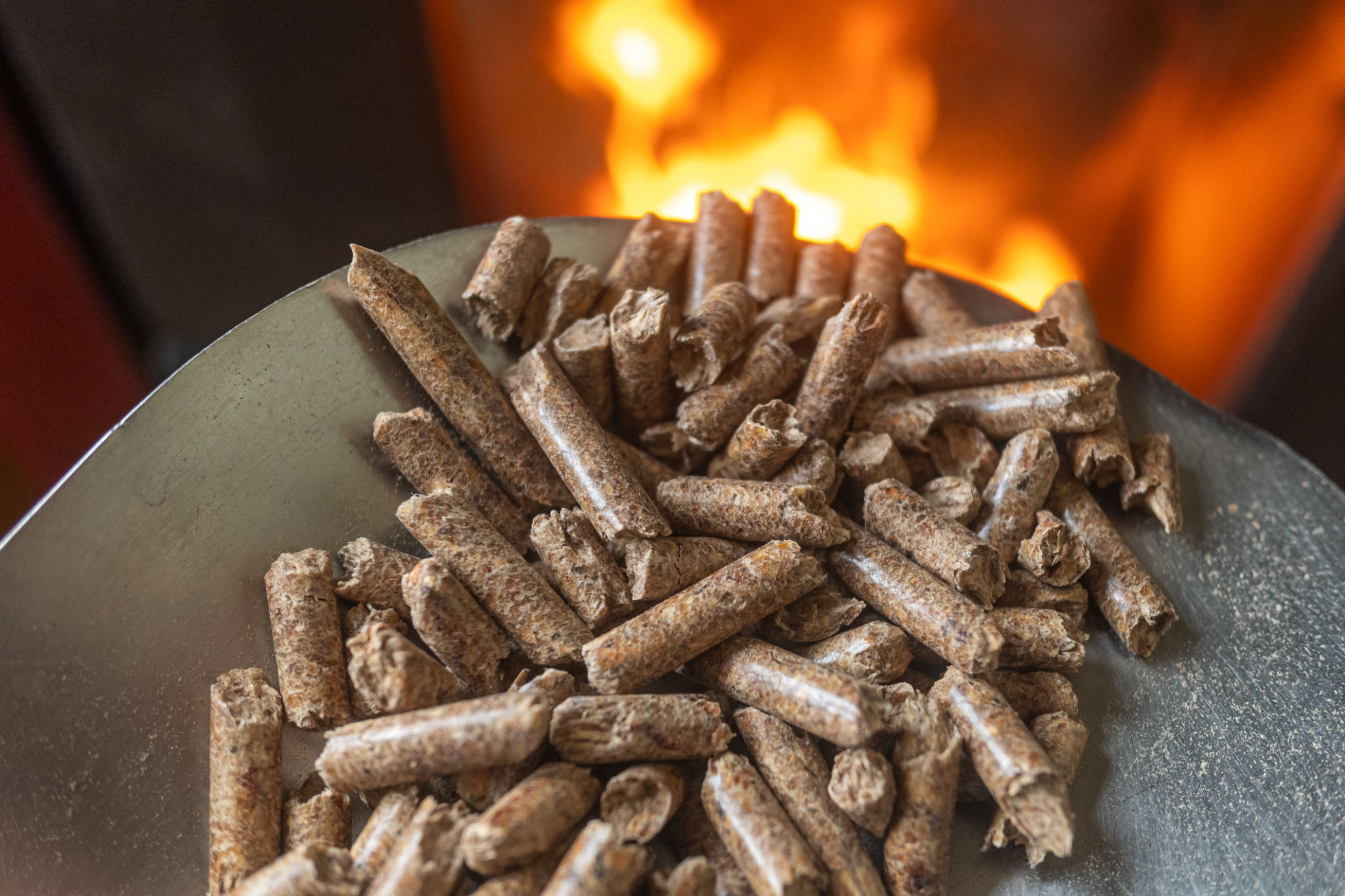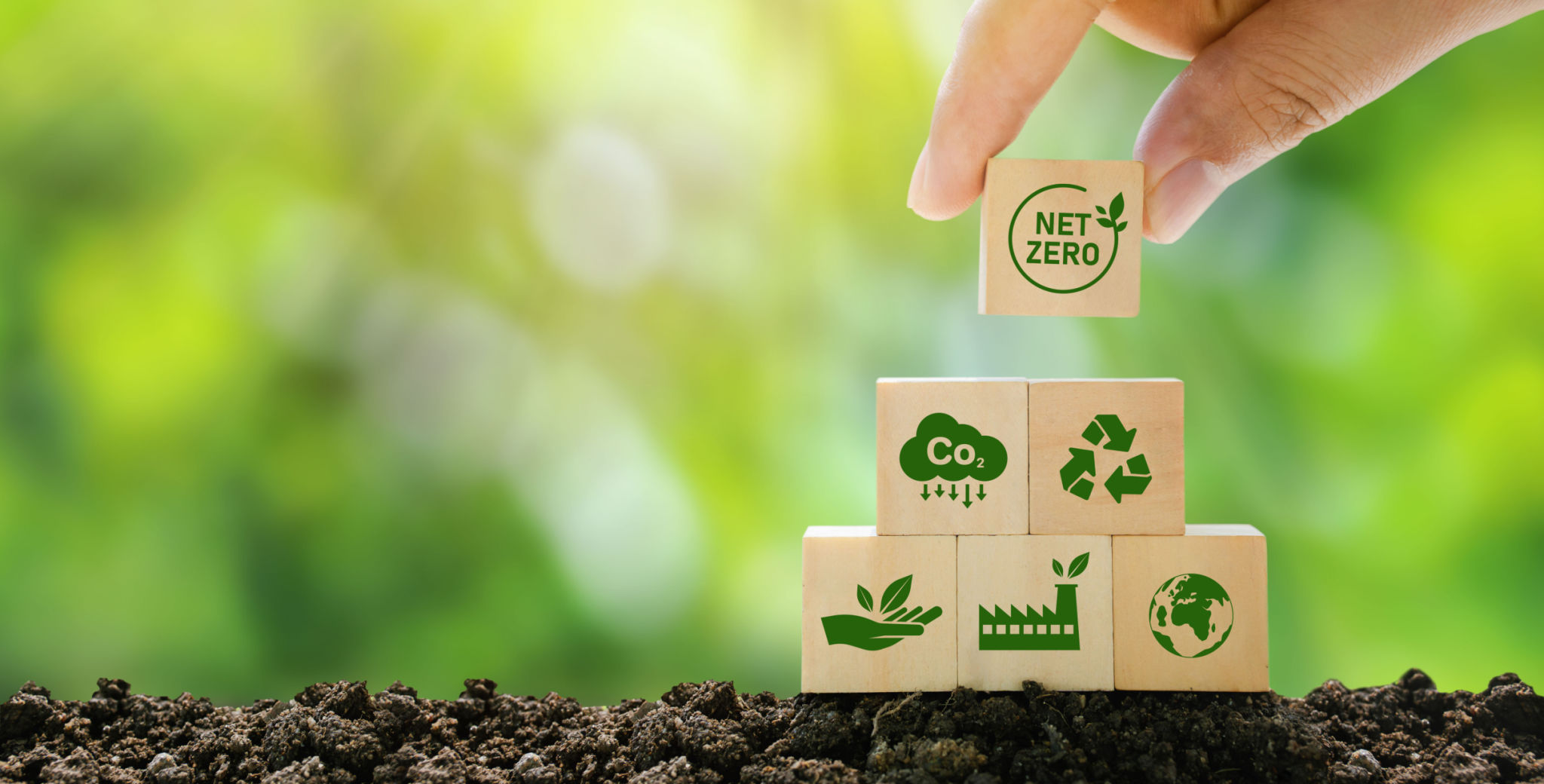The Environmental Impact of Using Premium Wood Pellets
The Rise of Premium Wood Pellets
In recent years, the use of premium wood pellets has gained popularity as a sustainable and efficient energy source. As concerns about climate change and environmental conservation grow, many individuals and businesses are switching to wood pellets for heating and energy needs. But what exactly is the environmental impact of using these premium wood pellets?
Wood pellets are made from compressed sawdust and wood shavings, which are by-products of the lumber industry. This makes them an excellent choice for reducing waste and utilizing resources that would otherwise go unused. The production process of premium wood pellets is designed to be environmentally friendly, with minimal emissions and energy consumption.

Sustainable Sourcing
The sustainability of wood pellets largely depends on the sourcing of the raw materials. Premium wood pellets are often sourced from responsibly managed forests, where the rate of tree harvesting is balanced with regrowth. This ensures that the ecological balance is maintained and that forests continue to thrive.
Many producers adhere to strict certification standards such as the Forest Stewardship Council (FSC) or the Programme for the Endorsement of Forest Certification (PEFC). These certifications guarantee that the wood used in pellet production is harvested in a manner that protects biodiversity and respects the rights of workers and local communities.

Carbon Neutral Benefits
One of the most significant environmental benefits of using premium wood pellets is their carbon neutrality. When wood pellets are burned, they release carbon dioxide; however, this CO2 is offset by the carbon absorbed by trees during their growth. This creates a closed carbon cycle, making wood pellets a more sustainable option compared to fossil fuels.
Switching to premium wood pellets can significantly reduce greenhouse gas emissions. A study by the International Renewable Energy Agency (IRENA) found that using wood pellets for heating can reduce carbon emissions by up to 90% compared to conventional heating oil.

Reduced Air Pollution
Premium wood pellets are also known for producing less air pollution compared to traditional biomass fuels like coal or raw firewood. The manufacturing process ensures that these pellets have low moisture content and high density, which leads to more efficient combustion and fewer particulates released into the air.
With advancements in pellet stove technology, emissions from burning wood pellets have been further minimized. Stoves designed for wood pellets often have particulate filters and advanced combustion systems, making them an even cleaner alternative for home heating.
Economic and Environmental Synergy
The use of premium wood pellets not only benefits the environment but also supports local economies. By creating demand for sustainably sourced wood, pellet production stimulates job creation in rural communities where forestry is a primary industry.
Moreover, the shift towards renewable energy sources like wood pellets can reduce dependency on imported fossil fuels, enhancing energy security and promoting economic stability. This synergy between economic growth and environmental stewardship makes premium wood pellets an attractive choice for conscientious consumers.

Conclusion
While premium wood pellets offer numerous environmental advantages, it is crucial for consumers to choose products from reputable suppliers committed to sustainability. By understanding the full environmental impact of their energy choices, individuals can contribute to a healthier planet while enjoying efficient and clean energy solutions.
The environmental impact of using premium wood pellets is overwhelmingly positive when production and sourcing are managed responsibly. As technology and practices continue to improve, wood pellets will likely play an increasingly vital role in global efforts to mitigate climate change.